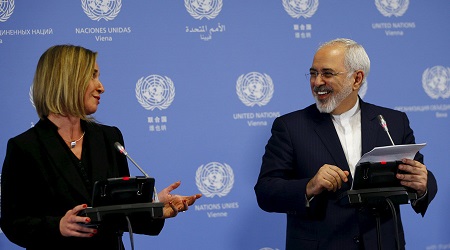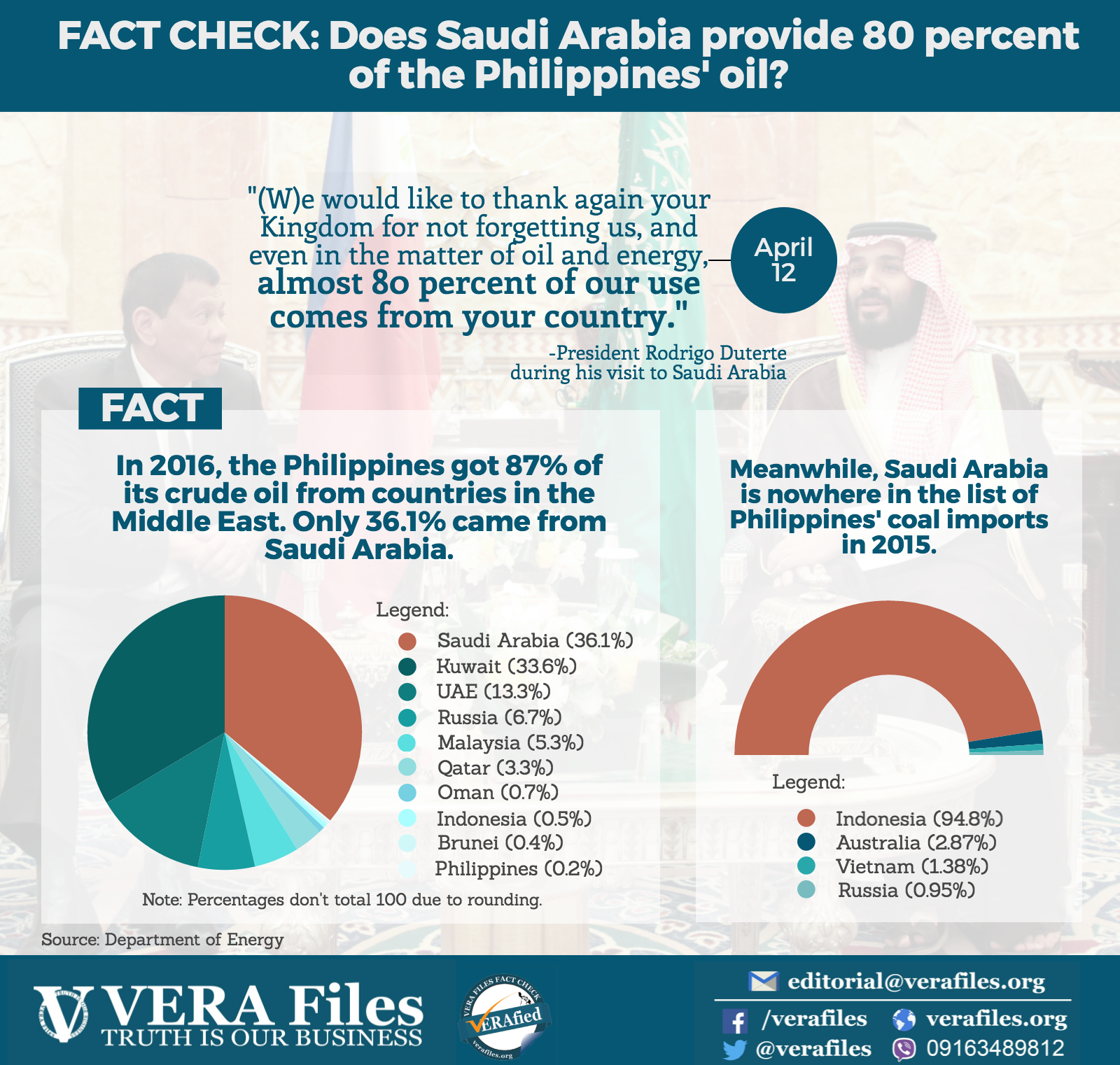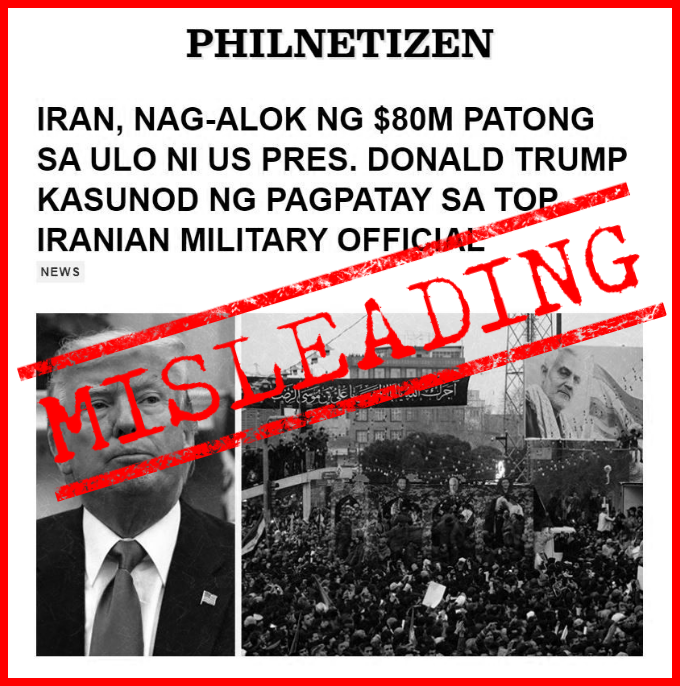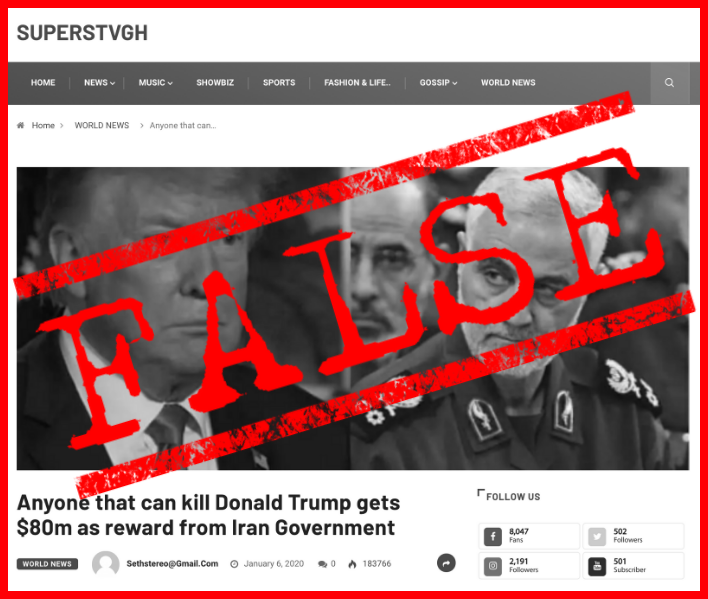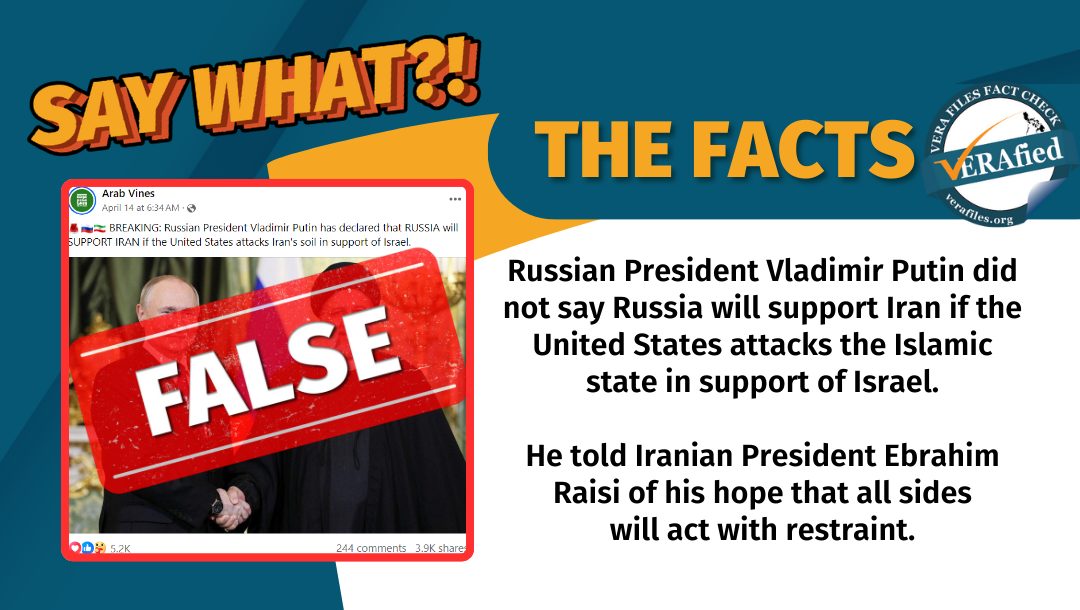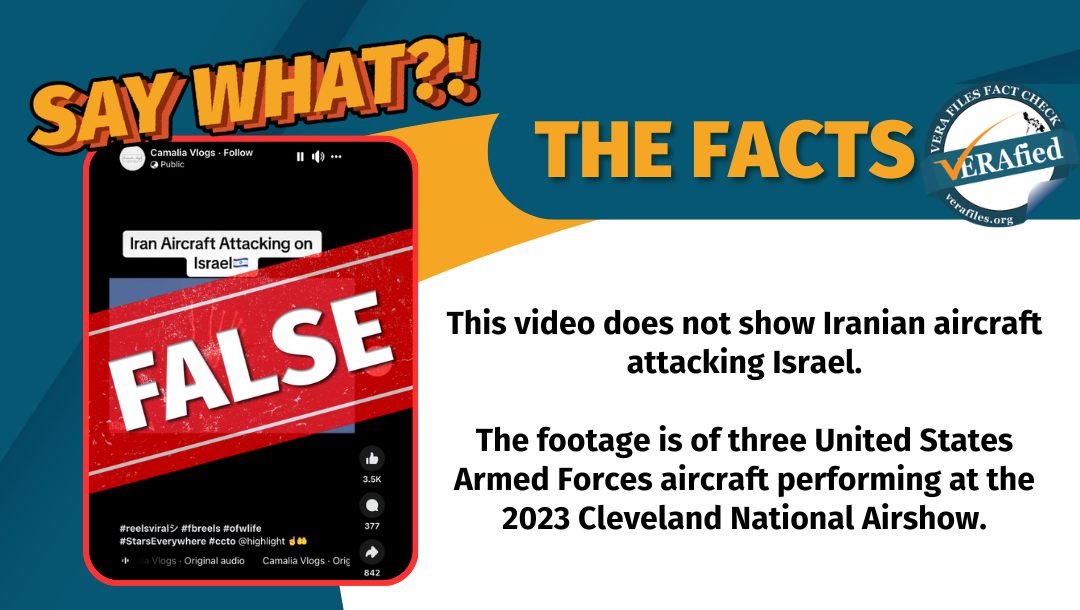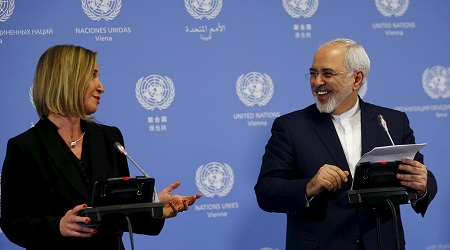
By ELLEN T. TORDESILLAS
AFTER more than two- and- half decades of suffering and enduring United States-led sanctions, Iran, one of the world’s top oil producers, is poised to rejuvenate its economy now that they can access an estimated 100 billion dollars of assets frozen since 1979 when students stormed and occupied the American Embassy in Teheran and held hostage American diplomats for 444 days following the fall of the U.S. supported Shah of Iran.
In a visit to Iran in 1989 to attend a conference on the Persian Gulf, I attended a press event where an American delegate asked an Iranian official if he could go inside the former U.S. Embassy compound which was already occupied by the Revolutionary Guards.
The Iranian official offered a deal: “We will let you visit the former U.S. Embassy compound if your government allowed us to have access to our assets in the United States.”
Come to think of it, now that Iran can have access to their assets in the U.S., will the Americans later be able recover their embassy in Teheran?
The 36-year sanctions, which started as an oil embargo was expanded in 2006 with the United Nations Security Council Resolution 1696 imposing wide-ranging prohibitions that included banking and insurance transactions and shipping after Iran refused to suspend its uranium enrichment program.
The sanctions took a severe toll on Iran’s economy.
In my 1989 visit, I observed no ongoing constructions. Cranes on top of buildings stayed idle. I went back to Teheran in 1995 and the construction equipment were still there, idle.
Last Saturday, the sanctions were lifted. Iran’s President Hassan Rouhani hailed it as “historic” and a “great victory”
It is expected that the lifting of the sanctions would pave the way for Iran to rejoin the global market. With oil revenues, Iran could then rehabilitate its economy.
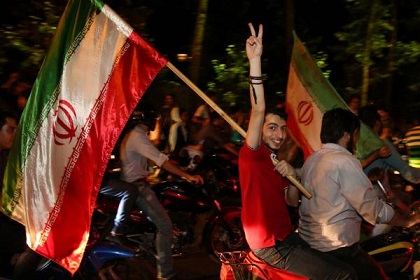
The lifting of the sanctions which was the result of a nuclear deal forged last year had a side drama: a prisoner swap. Last week President Barack Obama granted clemency to seven men described as “of Iranian-origins” facing criminal charges in U.S. courts. In exchange, Iran released four Americans being held in Iran including Washington Post journalist Jason Rezaian and student Matthew Trevithick.
Shades of “Bridge of Spies.”
The lifting of sanctions came two weeks after Iran and Saudi Arabia broke relations following attack by Iranian protesters of the Saudi Embassy in Teheran in protest of Saudi’s execution of Shiite cleric Nimr al-Nimr last January 2.
The rift between Iran and Saudi Arabia runs deep intersecting religious and political differences. Iran is predominantly Shiite, one of the two major Islam denomination while Saudi Arabia is Sunni territory.
What is happening between Iran and Saudi Arabia is important to the Philippines because there are over two million Filipino working in the Middle East where the two rival countries are major players in the region. Official figures, which are much lower than the actual numbers, put OFWs in Saudi Arabia at 800,000 and only 4,000 in Iran.
Following the break of diplomatic relations between Saudi and Iran, Sen. Antonio Trillanes IV, , chairman of the Senate Committee on National Defense and Security, proposed the appointment of a Cabinet-level crisis manager for the Middle East “to make sure that somebody is on top of the situation on both strategic and operational level.”
The government should do more than appoint a Middle East crisis manager. It should overhaul its attitude towards the region especially Iran.
Except for Pres. Fidel Ramos, who went on an official visit to Iran in 1995 against U.S. advice, post-Marcos Philippine presidents have failed to appreciate the important role that Iran plays in geopolitics especially in the Middle East. Iran’s support of the Hezbollah is crucial in the situation in Lebanon. Also its support of the embattled Syrian leader Bashar Hafez al-Assad.
At last year’s National Day celebration of Iran, the Department of Foreign Affairs middle-ranking officer, not even an assistant secretary, as its representative.
The situation was redeemed by Undersecretary Lula del Rosario who made an effort to come to the reception in Makati despite the traffic. “I’m sensitive about these things. When I was on a foreign posting, I valued how the host government honored our invitation, “she said.
The government should be.
